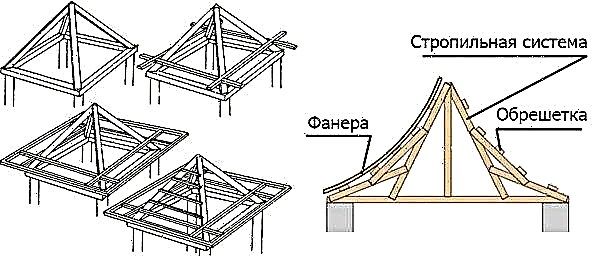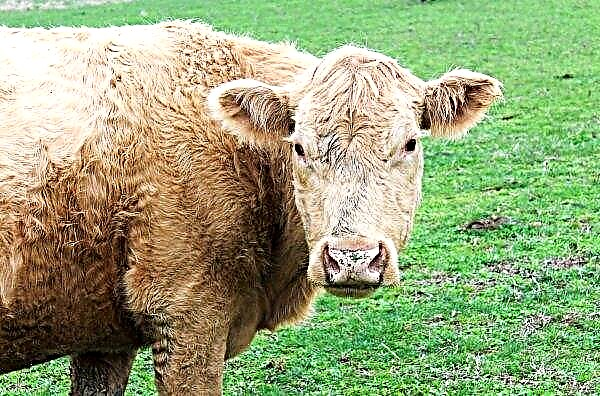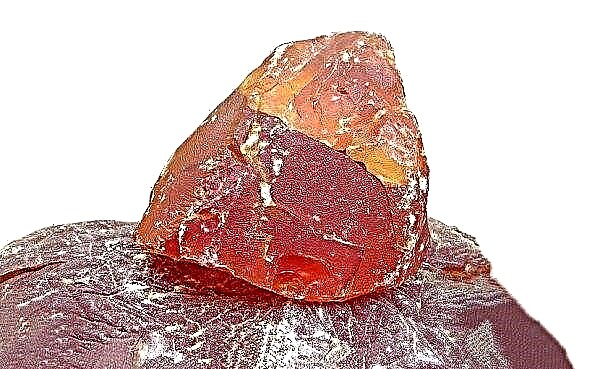“Ideal brood hen” is an example of an excellent household incubator that is as easy to handle and suitable for those who have just started poultry farming. When all the necessary conditions for its operation are met, it guarantees a 100% result.
General characteristics
In the household, incubators are very valuable helpers when it comes to raising chicks. Many underestimate these devices, relying on laying hens. But even a completely healthy bird cannot hatch more than 12–15 chicks, while “Ideal brood hen” domestic incubators can successfully cope with 35–104 eggs at a time.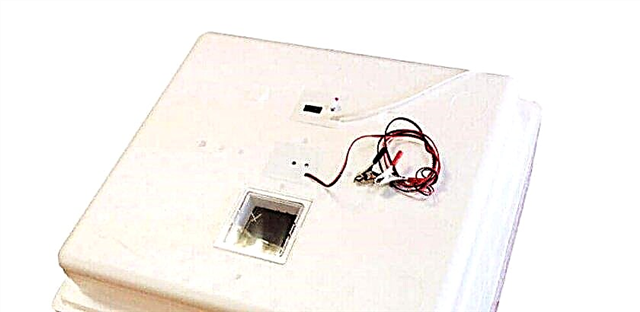 The task of such aggregates is to maximally approximate the conditions in which the embryo will be located until the time of hatching. The first model of this device was introduced by Bagan in Novosibirsk back in 1991, which testifies to the company's great experience in this area. The company specializes in the manufacture of infrared heaters and thermal stabilization systems.
The task of such aggregates is to maximally approximate the conditions in which the embryo will be located until the time of hatching. The first model of this device was introduced by Bagan in Novosibirsk back in 1991, which testifies to the company's great experience in this area. The company specializes in the manufacture of infrared heaters and thermal stabilization systems.
Modifications
These incubators are available in 3 different versions: for 63, 90 and 104 eggs. Let's consider each of them in more detail.
| Incubator model | |||||||||||
| IB2NB – 1C | IB2NB – 5C | IB2NB – 3–3C | |||||||||
| Number of eggs | 63 | 90 | 104 | ||||||||
| Coup method | mechanical | manually | machine | ||||||||
| Battery connectivity | missing | missing | missing | ||||||||
| Dimensions, mm | 580×515×295 | 580×515×295 | 825×595×295 | ||||||||
| Power consumption | 60 | 60 | 110 | ||||||||
| Weight kg | 1,9 | 1,7 | 2,7 | ||||||||
Advantages and disadvantages
Like any equipment, incubators “Ideal hen” have their own advantages and disadvantages. Let's consider them in more detail.
Positive qualities of the unit:
- possesses good thermal insulation, is easily washed, is protected from leaks;
- the heater provides excellent heat dissipation, as a result of which the humidity in the unit is always within normal limits;
- protected against electric shocks;
- a budget device that can pleasantly surprise with its price and low power consumption.
The disadvantages include the following:
- the inability to use alternative energy to power the incubator;
- ventilation must be done manually;
- due to sharp surges in electricity, a spread in temperature may appear (up to ± 1 ° C);
- with manual overturning, there is a chance of damage to the embryos;
- an automatic masonry overturning system often fails.

User manual
Like any equipment, the incubator must be properly operated, kept clean and adhered to the instructions for use. The incubator must have sufficient air exchange, be protected from direct sunlight, be close to the energy source, and the temperature in the place where the device is located should be not less than +15 and not more than +35 ° C. After use, the incubator must be washed and disinfected and stored in a warm and dry room.
Preparation for work
Before laying eggs, a number of procedures should be performed:
- install the device according to the instructions;
- put an additional thermometer in the incubator;
- fill in with water;
- warm to the required temperature.
Basic safety rules when working with the device:
- if it is necessary to open the incubator lid, then before this procedure, it must be de-energized without fail;
- Before use, check the equipment for damage;
- no foreign objects are allowed in the incubator;
- heaters and sources of fire should be located as far as possible from the unit.
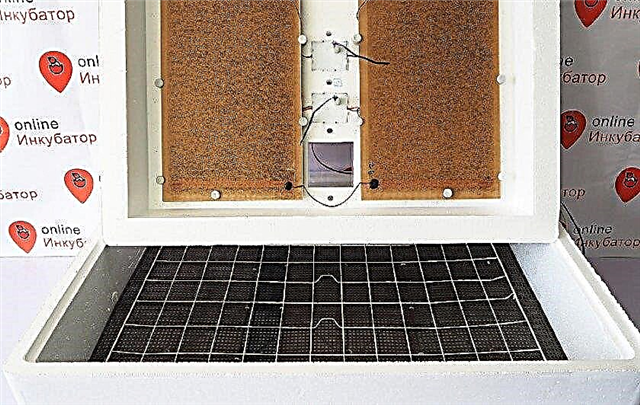
Egg laying
After the preparatory steps, you can proceed to the egg laying (the material for incubation is selected in advance). For incubation, it is recommended to select whole and clean specimens of medium size. Too large can be two yolks, and too small can give weak, unfit for life chicks. If your model of the device implies a manual revolution of the masonry, then it is advisable to lay the eggs with the same sides facing up, so that when the device is working, to prevent shell cracking.
Did you know? Electrophobia is a fear of chickens and chickens. Moreover, people suffering from this phobia are afraid not only of the birds themselves, but also of any part of their body, including feathers and even eggs.
Chicken eggs are laid only vertically, with a blunt end up. This is necessary for the formation inside the air sac, which the embryo uses for breathing. If the selected eggs are of different sizes, then when laying in the apparatus, you should first place the largest, after that - medium, and only then small ones. However, it is important to remember that the laying of eggs of different sizes should occur with an interval of 4 hours after the start of operation of the apparatus.
Egg flipping
The coup can be carried out manually, mechanically and automatically:
- Manual flip - with this type of coup, the direct participation of the owner is required. To avoid damage when turning, the masonry should be turned as follows: put both palms on one row of eggs and slide them with one sliding motion.
- Mechanical flip - if the purchased model has the possibility of a mechanical revolution, then for this it is necessary to move the lattice by a few centimeters until each egg from the masonry is completely rotated.
- Auto flip - in devices with automatic overturn, human participation is not required. The device flips the material 6 times in 24 hours, with an interval of 4 hours between each revolution.
Important! If necessary, a manual coup should be turned over several times a day, with a break of 4 to 8 hours between such procedures.
Hatching chicks
Preparedness for hatching chicks may be preceded by:
- subtle tapping;
- silent squeak - this means that the chicken has finally formed;
- egg movement (subtle swaying).
The appearance of the chicken occurs in the following sequence:
- A small crack in the shell, from which comes a faint squeak.
- The formation of holes in the shell.
- Pulling holes along the egg.
- The destruction of the shell.
- Detach the harness from the shell.
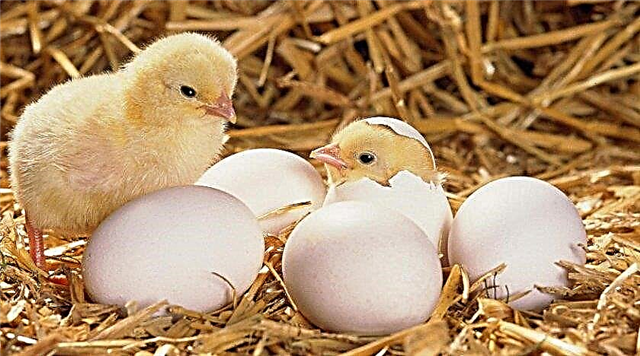 Immediately after hatching, you must:
Immediately after hatching, you must:- dry the chickens by placing them in a cage covered with a soft cloth;
- provide heating to the chicks (+ 33–34 ° С);
- offer food (appetite may be large or may be absent - this is normal).




